12 Jyotirlingas of Lord Shiva
When you hear the name Lord Shiva, what comes to mind? For many, it’s the image of the meditative ascetic on Mount Kailash, the cosmic dancer in the Tandava, or the compassionate Mahadeva who blesses his devotees with fearlessness and strength. But among the countless ways in which Shiva is worshipped, the 12 Jyotirlingas hold a very special place.The word Jyotirlinga means “pillar of light.” It is believed that in these sacred places, Lord Shiva revealed himself in the form of an infinite beam of divine light. To stand before a Jyotirlinga is to stand before the very energy of the universe—the eternal flame that never fades.Every Jyotirlinga carries its own legend, history, and divine energy. Spread across the length and breadth of India, from the icy Himalayas of Kedarnath to the shores of Rameswaram in Tamil Nadu, these temples are not just holy places—they are living testimonies of faith, architecture, and spirituality.If you’ve ever dreamed of going on a pilgrimage that connects you deeply with both Bharat’s spiritual roots and your inner self, the journey to the 12 Jyotirlingas is one that will stay with you forever.
What Exactly is a Jyotirlinga?
There’s a beautiful story in the Shiva Purana about how these shrines came into being. Once, Lord Brahma and Lord Vishnu argued over who was supreme. To settle the dispute, Lord Shiva appeared as an endless column of light stretching beyond the heavens and into the underworld. Brahma took the form of a swan and flew upwards, while Vishnu became a boar and dug deep into the earth—yet neither could find the beginning or end of the light.
That light was Shiva himself—limitless, eternal, and beyond comprehension. The places where this infinite energy manifested became known as Jyotirlingas. Out of the many, 12 were chosen as the most sacred, and these are the shrines devotees revere today.
Why Do Devotees Visit the 12 Jyotirlingas?
For centuries, pilgrims have undertaken the Jyotirlinga yatra not just as a religious duty but as a soul’s journey. It is believed that visiting these shrines with devotion:
- Frees one from sins and negative karmas.
- Removes obstacles from life’s path.
- Brings blessings of health, prosperity, and peace.
- Ultimately leads towards moksha, liberation from the cycle of rebirth.
But beyond the spiritual reasons, each temple offers a unique atmosphere—the sound of temple bells in Kashi, the icy winds of Kedarnath, the rhythmic waves of Somnath, and the ocean breeze at Rameswaram. Every Jyotirlinga leaves you with memories that are not just divine, but deeply human.
The 12 Jyotirlingas of Lord Shiva
Let’s take this sacred journey, one temple at a time.
1. Somnath Jyotirlinga – Gujarat
Standing proudly on the shores of the Arabian Sea, Somnath is known as the first of the 12 Jyotirlingas. The temple has been destroyed and rebuilt several times in history, yet its spirit remains unshaken—a symbol of resilience, much like Shiva himself.
Here, the legend says, the Moon God (Chandra) once lost his luster due to a curse. He prayed to Shiva, who blessed him and restored his radiance, earning the name Somnath, “Lord of the Moon.”
When you stand before Somnath, watching the waves crash behind the temple walls, you feel the eternal strength of faith that even time and history cannot erode.
2. Mallikarjuna Jyotirlinga – Andhra Pradesh
Nestled in the hills of Srisailam on the banks of the Krishna River, Mallikarjuna is a beautiful blend of nature and devotion. The legend here tells of Lord Shiva and Parvati following their son Kartikeya, who had left home after a family dispute. Shiva stayed here as Mallikarjuna, showing that even the divine can feel the bonds of family.
The air around Srisailam is filled with chants, temple bells, and the gentle rustling of the river, making it one of the most serene Jyotirlingas to visit.
3. Mahakaleshwar Jyotirlinga – Madhya Pradesh
In the heart of Ujjain lies Mahakaleshwar, the temple of Shiva as the Lord of Time (Mahakaal). This is the only south-facing Jyotirlinga, symbolizing Shiva’s mastery over death itself.
The most unique ritual here is the Bhasma Aarti, performed at dawn with sacred ash. Watching the temple fill with the energy of mantras and fire is an experience that words cannot describe—it feels as if you’re touching eternity.
4. Omkareshwar Jyotirlinga – Madhya Pradesh
On a small island shaped like the holy Om (ॐ) in the Narmada River lies Omkareshwar. Imagine chanting “Om” and seeing the river’s bends form that very symbol—it feels divinely orchestrated.
This temple reminds you that Lord Shiva is both within and around us, present in every sound of Om that resonates in the universe.
5. Kedarnath Jyotirlinga – Uttarakhand
High up in the snow-clad Himalayas, Kedarnath is not just a temple; it’s an act of devotion to even reach there. Trekking through the mountains, with chants of “Har Har Mahadev” echoing in the air, is an experience that tests faith and fills the heart with courage.
Legend has it that the Pandavas sought Shiva’s forgiveness after the Kurukshetra war. Here, Shiva appeared as a bull, and his hump became the Kedarnath shrine. The temple stands strong against storms and snow, reminding us of endurance and surrender.
6. Bhimashankar Jyotirlinga – Maharashtra
Tucked away in the Sahyadri Hills, Bhimashankar is surrounded by thick forests and wildlife. The legend tells of Shiva destroying the demon Tripurasura here. It is also believed that his sweat formed the Bhima River.
Visiting Bhimashankar feels like entering a natural paradise where Shiva resides quietly amidst the trees and rivers.
7. Kashi Vishwanath Jyotirlinga – Uttar Pradesh
If there’s one Jyotirlinga that every Hindu dreams of visiting, it is Kashi Vishwanath in Varanasi. Known as the City of Lord Shiva, Kashi is believed to be the place where salvation is guaranteed.
Standing by the Ganga at night, watching the grand Ganga Aarti, and then entering the Vishwanath temple fills you with a sense of divine eternity. It feels as though the city itself vibrates with the name of Shiva.
8. Trimbakeshwar Jyotirlinga – Maharashtra
At the source of the Godavari River lies Trimbakeshwar. What makes this Jyotirlinga unique is that the Linga has three faces—symbolizing Brahma, Vishnu, and Shiva.
This temple teaches us that though gods may have different forms, ultimately, all paths lead to one supreme truth.
9. Vaidyanath Jyotirlinga – Jharkhand
Also called Baidyanath, this Jyotirlinga is worshipped as Shiva the divine healer. The story goes that Ravana performed intense penance here to bring Shiva to Lanka. Pleased by his devotion, Shiva appeared as Vaidyanath.
Even today, devotees believe that praying here can cure ailments and heal both body and soul.
10. Nageshwar Jyotirlinga – Gujarat
Near Dwarka lies Nageshwar, protector from poisons and negativity. The legend tells of a demon named Daruka who troubled the people, and Shiva appeared here to destroy him.The giant Shiva statue outside the temple stands tall against the sky, reminding devotees of protection and strength.
11. Ramanathaswamy Jyotirlinga – Tamil Nadu
On the island of Rameswaram, close to where Lord Rama built the bridge to Lanka, stands the Ramanathaswamy temple. After defeating Ravana, Rama prayed here to Shiva for forgiveness, setting an example of humility even in victory.
The temple is famous for its long corridors—the longest in the world—where every step feels like walking into history.
12. Grishneshwar Jyotirlinga – Maharashtra
The final Jyotirlinga, located near the Ellora caves, is Grishneshwar. The story speaks of Kusuma, a devoted woman who continued worshipping Shiva despite hardships, and Shiva blessed her by manifesting here.
This temple is smaller compared to others but holds immense spiritual energy. Its simplicity reflects that devotion matters more than grandeur.
The Jyotirlinga Yatra
For many devotees, visiting all 12 Jyotirlingas is a dream pilgrimage. Whether you complete it in one journey or over a lifetime, each temple adds a chapter of faith, humility, and divine connection to your life story.
Conclusion
The 12 Jyotirlingas of Lord Shiva are not just temples made of stone—they are living energies of the divine. Each shrine tells a story, each prayer echoes with hope, and each darshan brings a sense of peace that goes beyond words.From Somnath’s ocean waves to Kedarnath’s snowy peaks, from Kashi’s bustling ghats to Rameswaram’s sacred shores, the Jyotirlingas form a sacred thread binding the land of India with the spirit of Lord Shiva.To embark on this journey is to walk closer to truth, light, and liberation. And as devotees chant “Om Namah Shivaya”, one thing becomes clear: the Jyotirlingas are not just destinations, they are experiences of the soul.

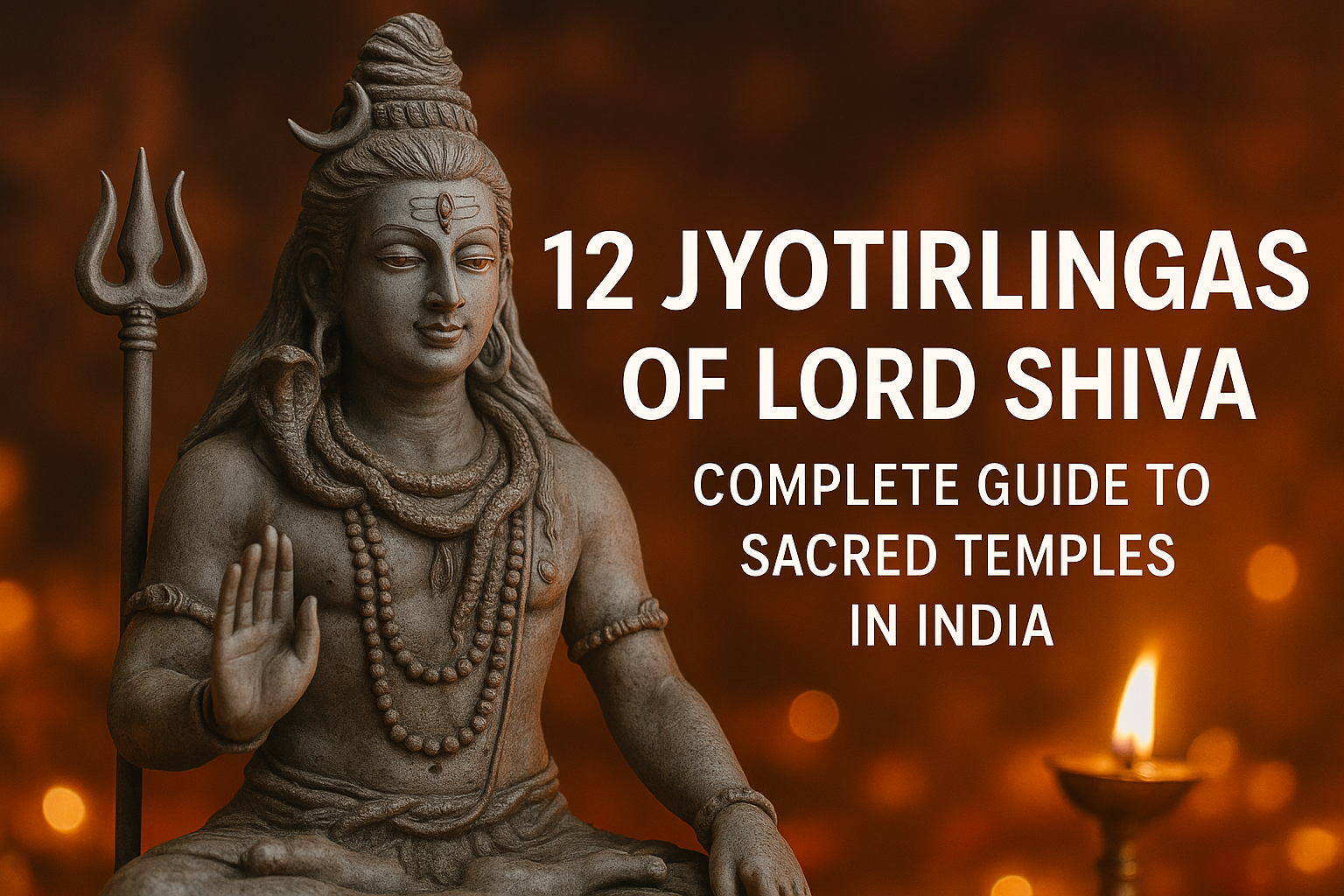
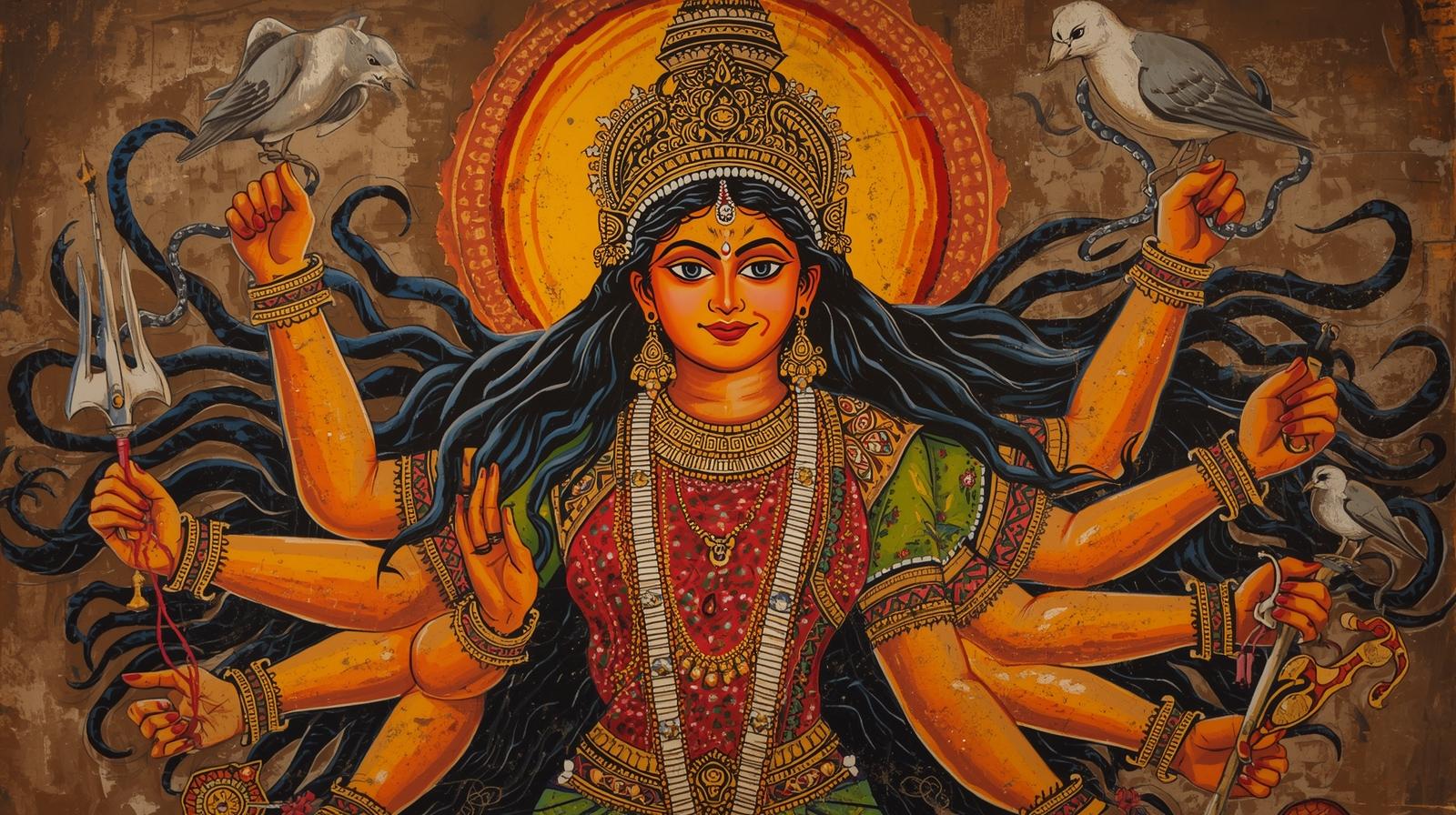

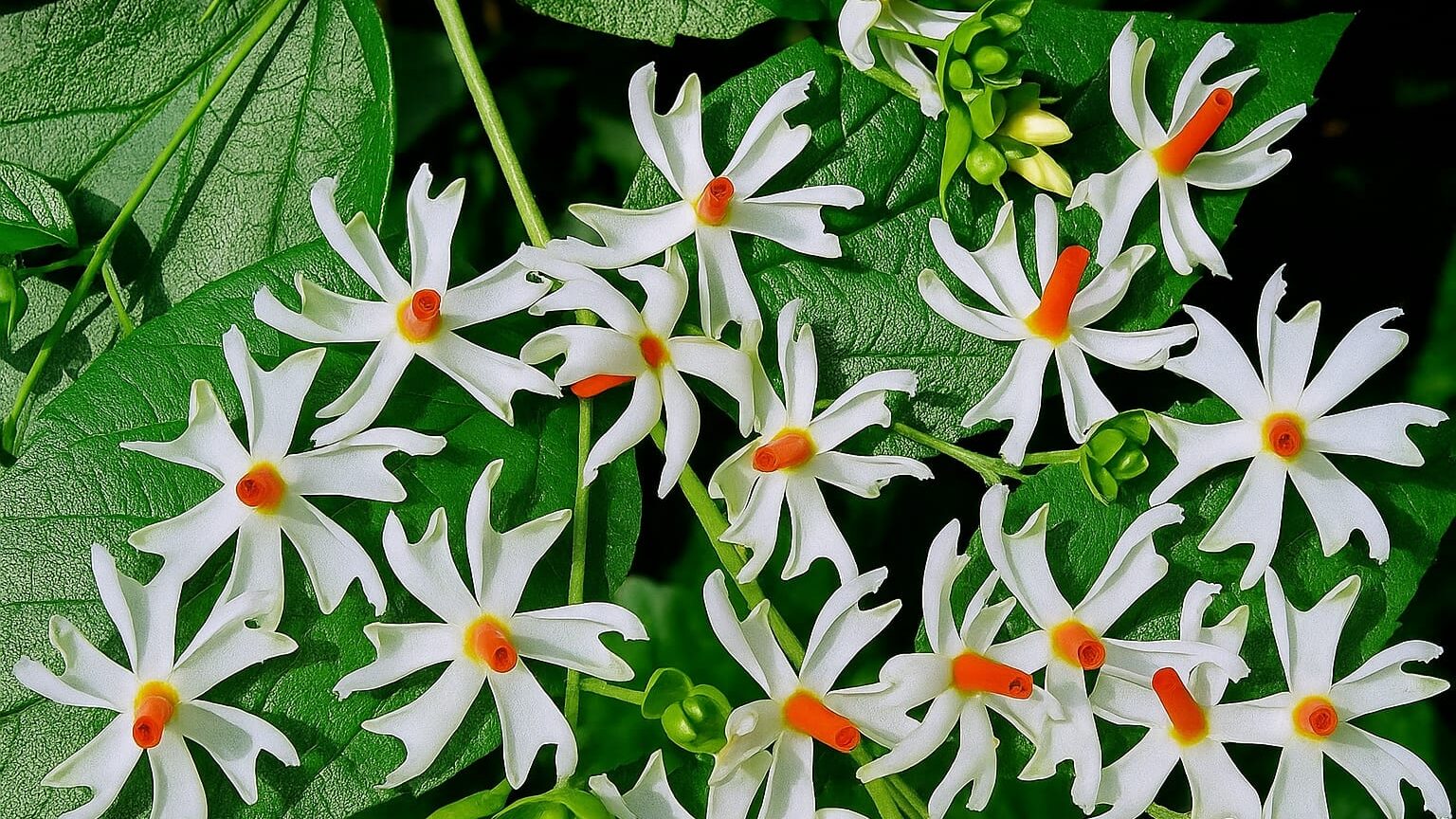
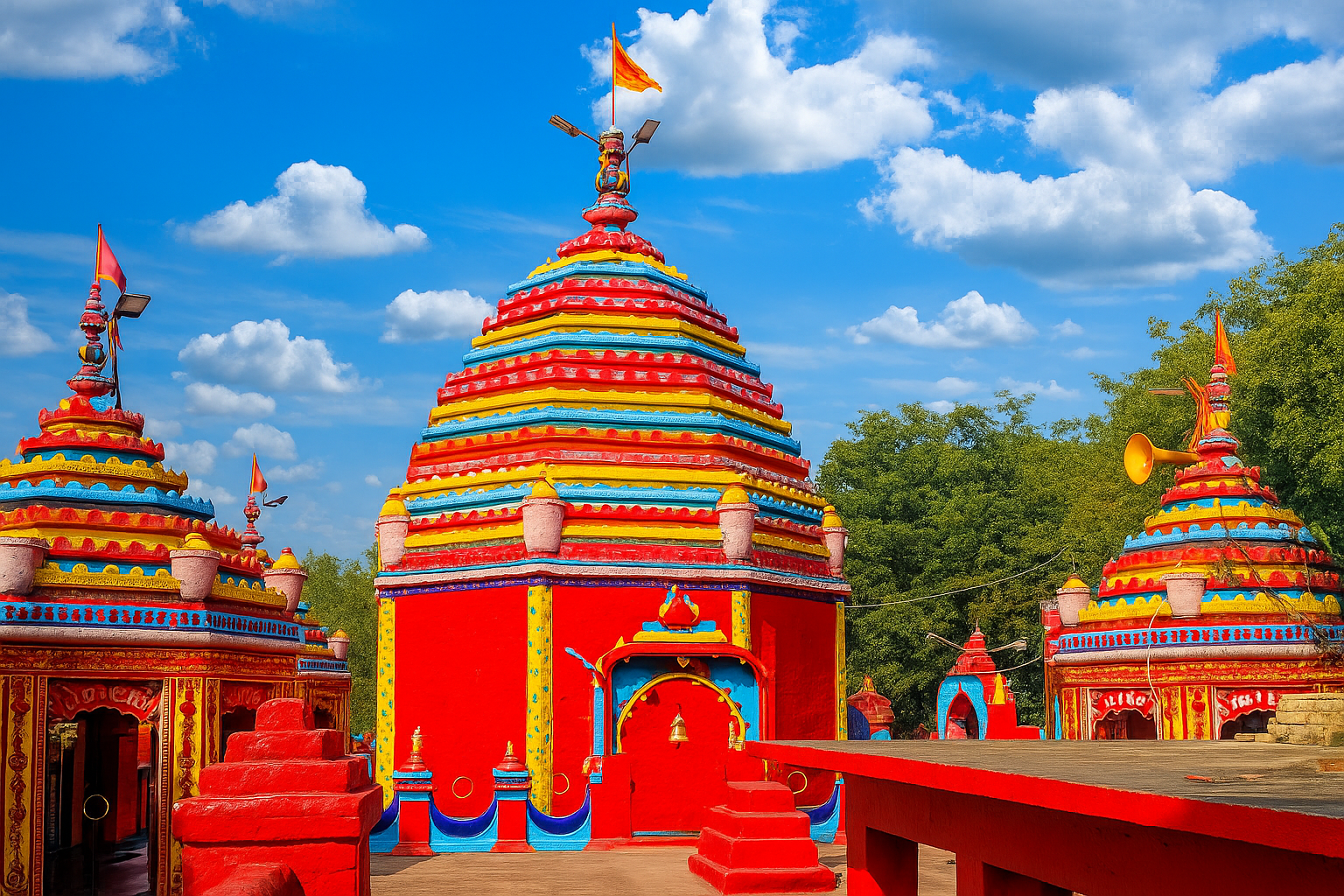

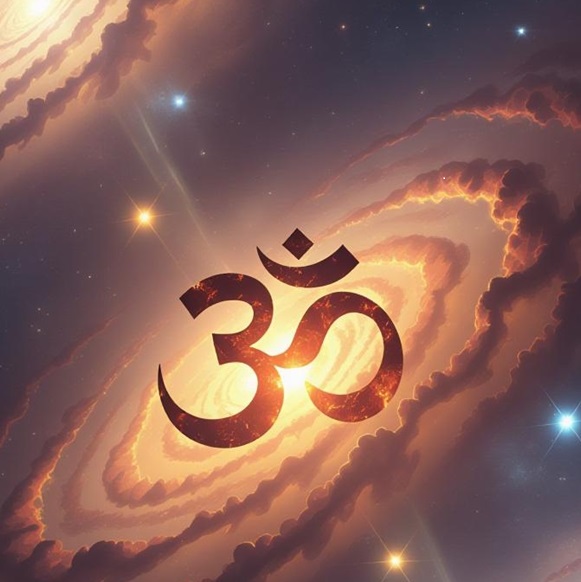

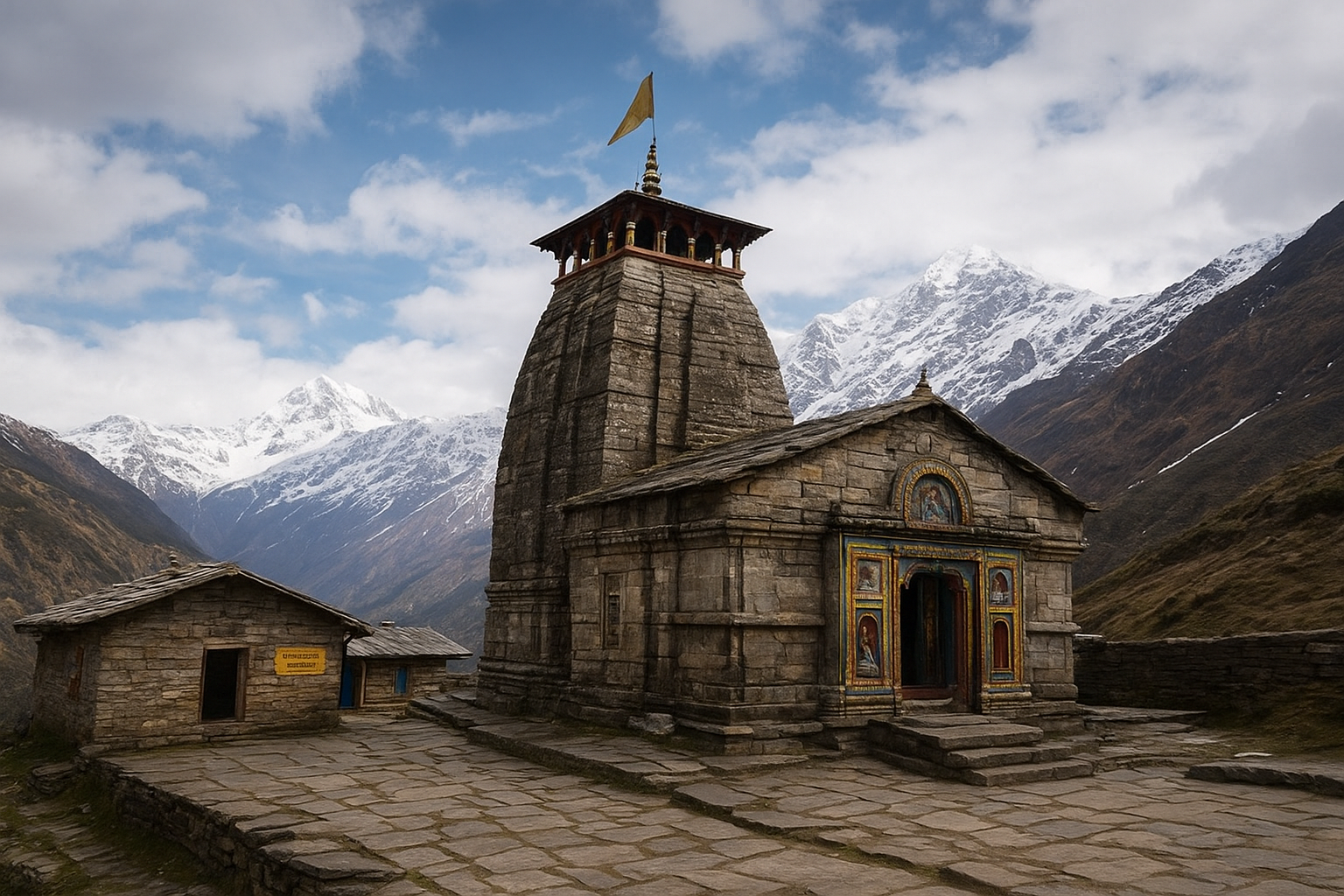






Leave a Reply